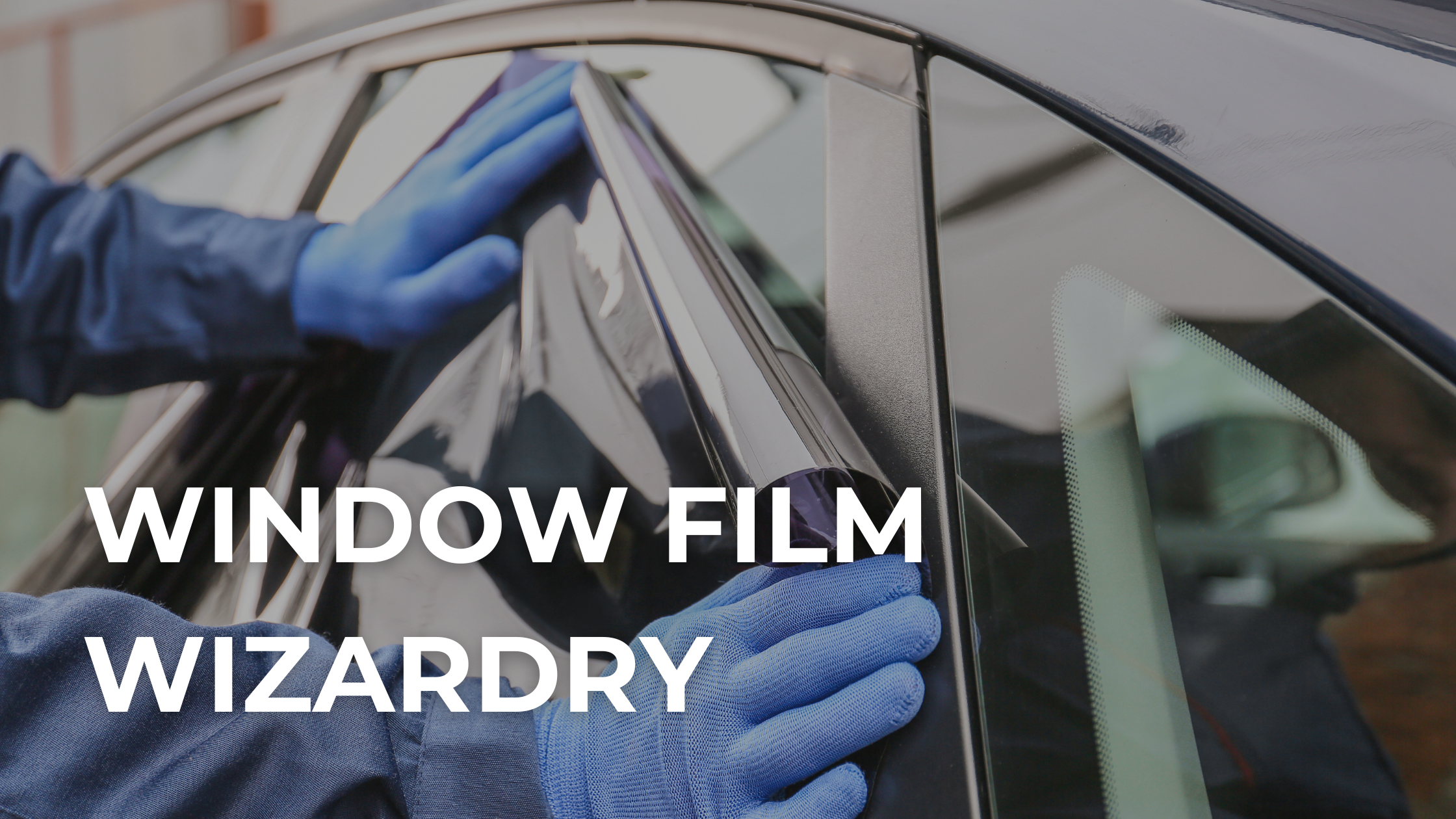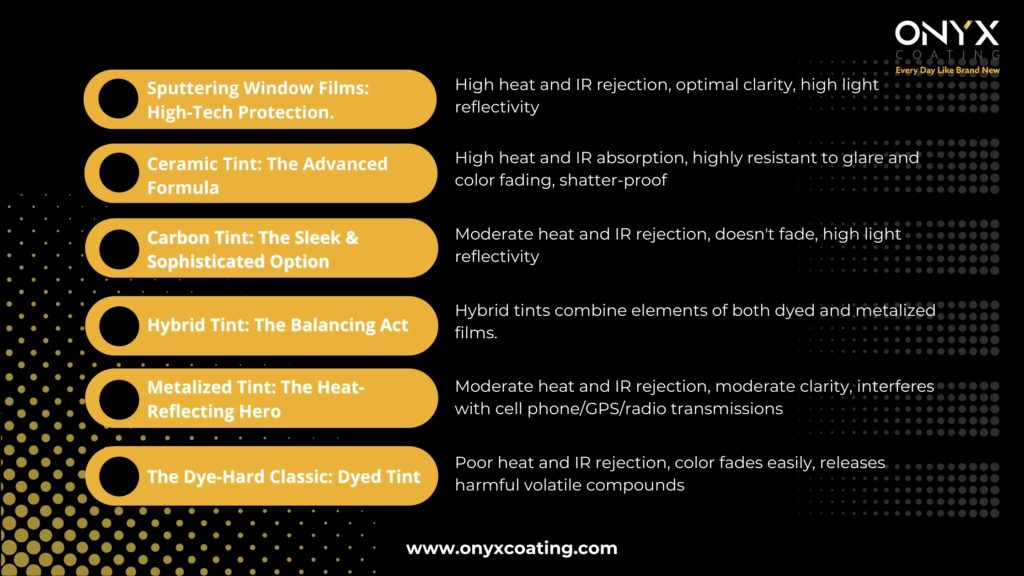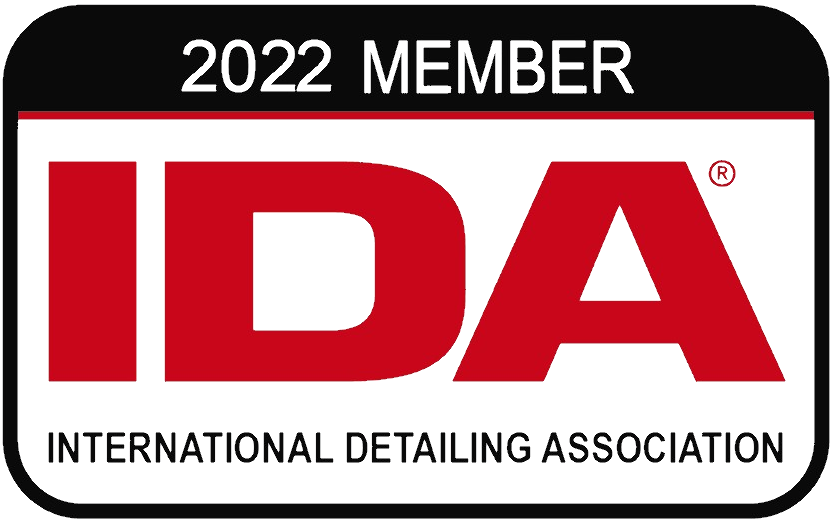
Tints aren’t just for celebrities anymore. Window tinting for cars has become increasingly popular, offering a variety of benefits beyond the cool, mysterious vibe. From blocking harmful UV rays to keeping your car delightfully cool on a scorching day, window tint films are a worthwhile investment. But with a variety of options on the market, choosing the right one can feel like navigating a labyrinth. Fear not, fellow car enthusiasts! This blog will be your guide through the world of window tint films.
The OG of window tints, dyed films are known for their budget-friendly nature. They achieve their darkness by incorporating dyes directly into the film, effectively blocking sunlight and heat. However, dyed tints can fade over time and offer less UV protection compared to their counterparts.
Seeking superior heat rejection? Look no further than metalized tints. These films boast tiny metal particles that act like miniature mirrors, reflecting sunlight and keeping your car noticeably cooler. The trade-off? Metal can disrupt the harmonious flow of radio signals and GPS reception. Additionally, the reflective quality might not be everyone’s aesthetic preference.
As the name suggests, hybrid tints combine elements of both dyed and metalized films. They offer a compromise between heat rejection, UV protection, and affordability. While not the strongest contender in any single category, they can be a good middle-ground option for those seeking a balance.
Known for their sleek, matte finish, carbon tint films are crafted using microscopic carbon fibers. These films excel in both heat rejection and UV protection, all without the signal interference woes of metalized tints. However, they tend to be on the pricier side.
Considered the top dog in the world of window tint films, ceramic tints utilize non-conductive ceramic particles to deliver exceptional heat rejection. They also provide excellent UV protection, superior clarity, and impressive durability, all without disrupting your favorite radio stations or GPS guidance. The only caveat? They come with a premium price tag.
Sputtering film utilizes a complex process involving a vacuum chamber and over 25 potential metals. This intricate dance results in a film that’s incredibly light, despite containing layers of metal.
Here’s the magic:
The complexity of the sputtering process comes at a cost. Manufacturing these films requires specialized equipment and expertise, making them pricier than most conventional window films.

Sputter film is a layered masterpiece. Here’s a peek at its core components:
The perfect window tint film for you boils down to your priorities and budget. Here are some key factors to consider:
For professional advice and high-quality installation, consider consulting a reputable window tinting service. They can help you choose the perfect tint film for your needs and ensure a flawless application, leaving your car looking sharp and feeling comfortable on every ride.
So, there you have it! With this newfound knowledge, you’re well-equipped to navigate the world of window tint films and choose the perfect option for your car. Happy tinting!
Vunyx® Sputtering Ceramic Window Film is an advanced solution designed to provide superior heat rejection performance through the combination of ceramic and sputtering technologies.
Structure and Composition:
Key Technologies:

Watch as water beads off the deck with our super hydrophobic coatings.

Protect the paintwork from UV damage and keep its vibrant colour despite the conditions.

Let the fear of a rough docking be a thing of the past with a 10H coating.

With minimal maintenance, our products are guaranteed to provide protection for years to come.

With our chemical and contaminant resistant coating, the surface is kept clean. Needing only minor occasional maintenance.

Trusted in 70+ countries, Onyx Coating is the top choice for professionals and car owners seeking premium protection.

Our ceramic coatings adhere to the surface making it resistant to corrosion and oxidation and contamination-free.

Bonds tight with the surtace to maintain a uniform cover and protect the surface evenly.
If you are interested in our products or keen to work with us, send us a message and we will get in contact with you to schedule a quick call or contact us via our email info@onyxcoating.com
Once this information has been received our team will review the accounts and get into contact with you.
With the world’s first N1 nano coating product under our name, we are one of the most advanced automotive protection providers in the market.
Sign up for the latest offers & promotions




© ONYX COATING 2025. All Rights Reserved.